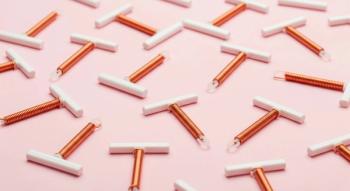
Editorial: Can we afford to use advanced technology in medicine? It depends.
Many critics blame technology for skyrocketing healthcare costs in the US. It is rare to find new technology that clearly improves clinical outcomes while lowering the cost of care.
Dr. Norwitz and his colleagues have described a urine kit to help detect early preeclampsia. Assuming this becomes a reliable test, the outcome will reduce perinatal morbidity and reduce the costs of caring for the premature newborn. A similar scenario is possible for the DNA microarray technology described by Dr. Van den Veyver and her associates. The early detection of fetal chromosome abnormalities utilizing DNA microarrays requires only small amounts of amniotic fluid, enabling early detection of genetic abnormalities that may be incompatible with life. The earlier detection will result in improved patient outcomes and reduced medical costs.
In this issue of Contemporary OB/GYN, Dr. Elizabeth Stewart also reviews three technologies for the treatment of symptomatic uterine fibroids:
The most controversial new technology covered in this issue is the da Vinci robot for laparoscopic surgery, the only FDA-approved robot for gynecologic surgery. It costs over $1.3 million dollars, approximately $150,000 per year to maintain, and $2,500 to $3,000 per case for disposable instruments. Obviously, if we are going to spend this kind of money, the hospital, surgeon, and patient have to see clear-cut benefits. The hospital will often benefit by marketing new technology. This helps attract patients and recruit new physicians. To benefit the surgeon, the robotic technology should enable him or her to perform a procedure that could not be done otherwise. This has been shown to be the case when the da Vinci system is used for urologic surgery but has yet to be demonstrated in gynecologic surgery.
Most importantly, the technology should benefit the patient. In this issue of the journal, Drs. Boggess and Shafer present data on a procedure in which they removed more lymph nodes with less blood loss using the robot, when compared with a standard laparoscopic approach. Does this ultimately lead to improved patient outcomes? We will have to wait and see.
I am 100% certain that robots, computer-aided surgery, instruments with improved dexterity, and high-definition or 3D imaging are here to stay. I don't think we can afford not to take advantage of this technology. I would not fly in a commercial aircraft that is not computer aided, even though I'm certain there has never been a study showing that it's safer to fly with computer-enhanced navigation controls than without them. Similarly, while I don't think we have to wait for the definitive study to perform robotic surgery, we need to collect data on patient outcomes and surgeon capabilities quickly. Hopefully, the cost of this technology will go down as the volume increases and there is more competition in the market.
Newsletter
Get the latest clinical updates, case studies, and expert commentary in obstetric and gynecologic care. Sign up now to stay informed.










